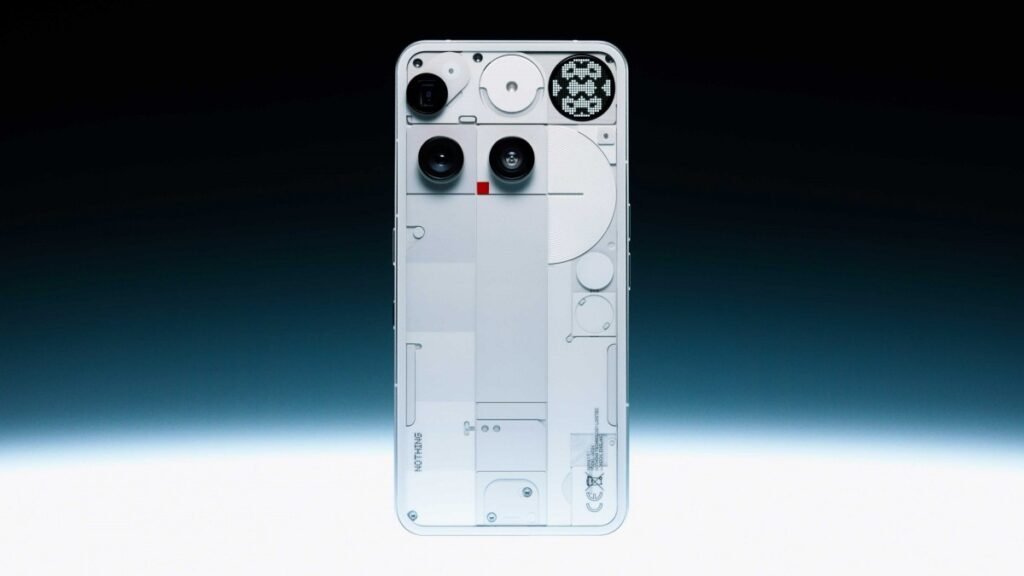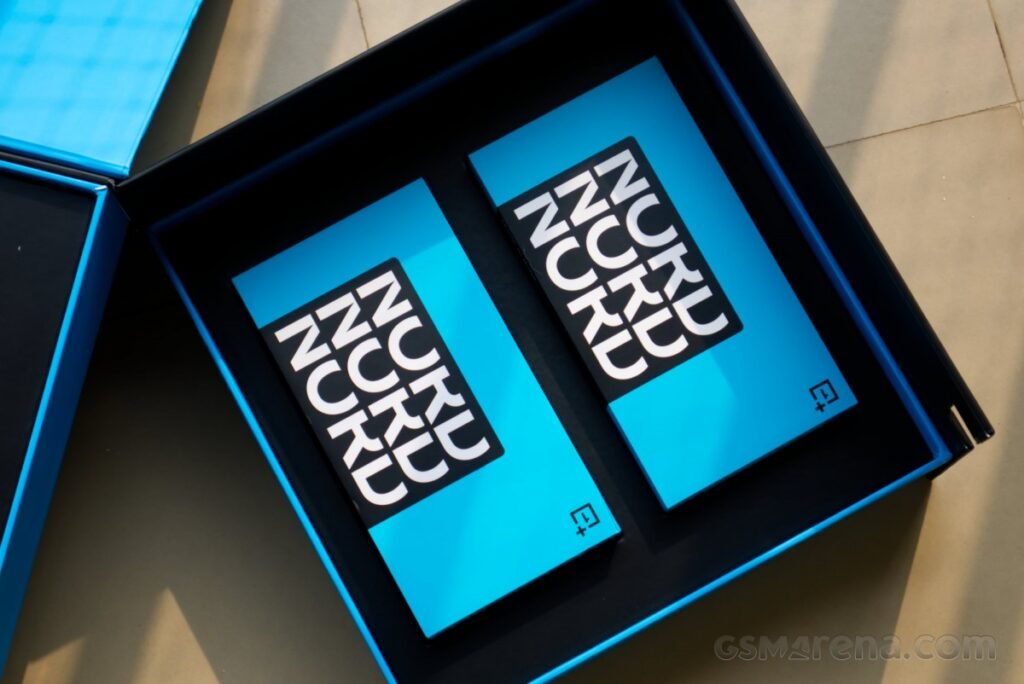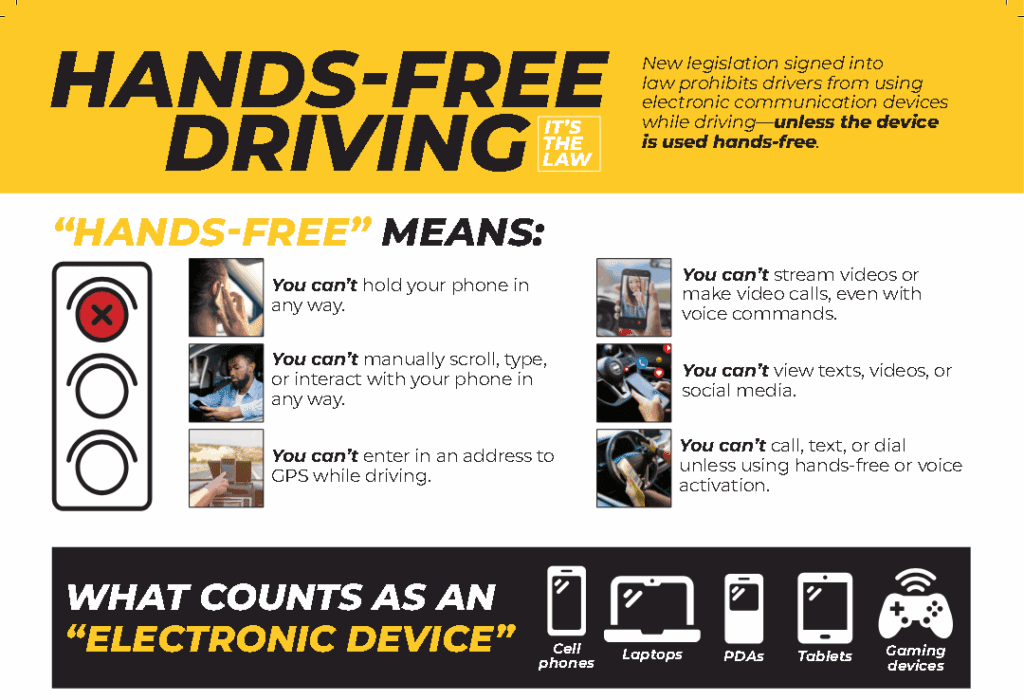Introduction:
The Mobile Phone Insurance Ecosystem Market is experiencing significant growth, fueled by the increasing sophistication and value of mobile devices, coupled with a heightened consumer awareness of potential risks. The market’s expansion is driven by several key factors, including the rising cost of smartphones, the increasing reliance on mobile devices for essential tasks, and the growing frequency of accidental damage and theft. Technological advancements, such as improved diagnostic tools for assessing damage and more efficient claim processing systems, are also contributing to the market’s growth. Furthermore, the market plays a crucial role in addressing global challenges related to electronic waste, by encouraging the repair and refurbishment of damaged devices, thereby extending their lifespan and reducing environmental impact. The escalating demand for comprehensive protection against physical damage, theft, and other unforeseen circumstances is positioning mobile phone insurance as an indispensable service in today’s digital age. This insurance ecosystem is increasingly vital for consumers seeking peace of mind and financial security in a world where mobile phones are central to daily life. The integration of insurance services with mobile operator offerings and direct-to-consumer models is further accelerating market penetration, making it accessible to a broader range of users.
Get the full PDF sample copy of the report: (TOC, Tables and figures, and Graphs) https://www.consegicbusinessintelligence.com/request-sample/1079
Market Size:
The Mobile Phone Insurance Ecosystem Market size is estimated to reach over USD 64,548.30 Million by 2032 from a value of USD 29,124.26 Million in 2024, growing at a CAGR of 10.5% from 2025 to 2032.
Definition of Market:
The Mobile Phone Insurance Ecosystem Market encompasses a range of products, services, and systems designed to protect mobile phone users against financial losses resulting from damage, theft, loss, or other unforeseen events affecting their devices. It includes various insurance policies offered by mobile operators, insurance companies, device manufacturers, retailers, and independent providers.
Key terms within this market include:
Insurance Policy: A contractual agreement where the insurer agrees to compensate the insured for specified losses or damages to their mobile phone, in exchange for a premium.
Premium: The periodic payment made by the insured to the insurer for the insurance coverage.
Claim: A formal request by the insured to the insurer for compensation, based on the terms of the insurance policy, following an event that caused damage or loss to the mobile phone.
Deductible: The amount the insured must pay out-of-pocket before the insurance coverage kicks in.
Underwriting: The process by which insurers assess the risk associated with insuring a mobile phone and determine the premium to be charged.
Claims Processing: The procedure followed by insurers to evaluate, investigate, and settle claims filed by policyholders.
Refurbishment: The process of repairing and restoring damaged mobile phones to a functional state.
Ecosystem Participants: Entities involved in the market, including mobile operators, insurance companies, device manufacturers, retailers, and third-party service providers.
Get Discount On Report @ https://www.consegicbusinessintelligence.com/request-discount/1079
Market Scope and Overview:
The Mobile Phone Insurance Ecosystem Market spans a wide array of technologies, applications, and industries. It includes insurance policies covering physical damage (e.g., cracked screens, water damage), theft, loss, and mechanical or electrical failures. The market’s scope extends across various mobile phone types, from budget-friendly models to premium smartphones. It encompasses different sales channels, including mobile operators, insurance companies, device original equipment manufacturers (OEMs), retailers, and online platforms. The market also incorporates value-added services such as repair services, device replacement programs, and data recovery solutions.
In the larger context of global trends, the Mobile Phone Insurance Ecosystem Market plays a crucial role in mitigating the financial impact of mobile phone damage or loss, particularly in an era where smartphones have become indispensable tools for communication, work, and entertainment. The rising cost of smartphones and the increasing reliance on these devices have made insurance a necessity for many consumers. Furthermore, the market contributes to sustainability efforts by encouraging the repair and refurbishment of damaged devices, reducing electronic waste, and promoting a circular economy. As mobile technology continues to evolve and become more integrated into daily life, the Mobile Phone Insurance Ecosystem Market will become increasingly important in providing financial security and peace of mind to mobile phone users worldwide.
Market Segmentation:
The Mobile Phone Insurance Ecosystem Market is segmented based on several key factors:
By Insurance Type:
Physical Damage: Covers accidental damage such as cracked screens, liquid damage, and other forms of physical harm.
Theft & Loss: Protects against financial losses resulting from the theft or loss of the mobile phone.
Others: Includes coverage for mechanical or electrical failures, extended warranties, and other specific risks.
By Sales Channel:
Mobile Operators: Insurance policies offered through mobile network providers as part of their service packages.
Insurance Companies: Traditional insurance providers offering mobile phone insurance policies.
Device OEMs: Insurance programs offered directly by mobile phone manufacturers.
Retailers: Insurance sold through retail stores that sell mobile phones.
Others: Includes online platforms, third-party service providers, and other distribution channels.
By Phone Type:
Budget Phones: Insurance for entry-level or low-cost mobile phones.
Mid & High-end Phones: Coverage for mid-range to high-end smartphones with advanced features.
Premium Smartphones: Insurance for the most expensive and technologically advanced smartphones on the market.
Market Drivers:
Increasing Smartphone Prices: The rising cost of smartphones makes insurance a more attractive option for consumers seeking to protect their investment.
Growing Reliance on Mobile Devices: As mobile phones become essential tools for communication, work, and entertainment, the need for insurance to protect these devices increases.
Rising Incidence of Damage and Theft: The frequency of accidental damage, such as cracked screens and liquid damage, and the risk of theft contribute to the demand for mobile phone insurance.
Technological Advancements: Innovations in diagnostic tools, claim processing systems, and repair services enhance the efficiency and attractiveness of mobile phone insurance.
Integration with Mobile Operator Services: Mobile operators increasingly offer insurance as part of their service packages, making it more convenient and accessible for consumers.
Greater Consumer Awareness: Increased awareness of the benefits of mobile phone insurance drives demand for these policies.
Market Key Trends:
Embedded Insurance: Integrating insurance directly into the mobile phone purchase process or service subscription.
AI-Powered Claims Processing: Using artificial intelligence to automate and streamline the claims process, improving efficiency and customer satisfaction.
Subscription-Based Models: Offering insurance as a subscription service, providing continuous coverage for a monthly or annual fee.
Personalized Insurance Plans: Tailoring insurance policies to meet the specific needs and risk profiles of individual consumers.
Focus on Sustainability: Promoting the repair and refurbishment of damaged devices to reduce electronic waste and support a circular economy.
Expansion of Coverage Options: Including coverage for cyber threats, data breaches, and other emerging risks associated with mobile phone usage.
Market Opportunities:
Untapped Markets: Expanding insurance coverage to emerging markets with growing smartphone adoption rates.
Partnerships: Collaborating with mobile operators, device manufacturers, and retailers to offer bundled insurance solutions.
Innovative Products: Developing new insurance products that address emerging risks, such as cyber threats and data breaches.
Digitalization: Leveraging digital technologies to enhance the customer experience, streamline claims processing, and improve efficiency.
Value-Added Services: Offering additional services such as device repair, data recovery, and technical support to enhance the value of insurance policies.
Focus on SMEs: Providing tailored insurance solutions for small and medium-sized enterprises that rely on mobile devices for business operations.
Market Restraints:
High Initial Costs: The cost of insurance premiums can be a barrier for some consumers, particularly those with budget-friendly phones.
Limited Awareness: Lack of awareness about the benefits of mobile phone insurance among certain segments of the population.
Complex Policy Terms: Complicated policy terms and conditions can deter potential customers.
Fraudulent Claims: The risk of fraudulent claims can increase costs for insurers and lead to higher premiums.
Geographic Limitations: Availability of insurance may be limited in certain regions or countries.
Regulatory Challenges: Navigating different regulatory environments in various countries can be complex and time-consuming.
Market Challenges:
The Mobile Phone Insurance Ecosystem Market faces several significant challenges that could impede its growth and development. One of the foremost challenges is the high incidence of fraudulent claims. Insurers must continuously invest in sophisticated fraud detection mechanisms to minimize losses and maintain competitive premium rates. Another challenge lies in the complexity of policy terms and conditions. Many consumers find it difficult to understand the intricacies of insurance policies, leading to dissatisfaction and mistrust. Simplifying policy language and enhancing transparency are crucial to building consumer confidence.
Furthermore, the market must address the issue of limited awareness among certain segments of the population. Many consumers are either unaware of the availability of mobile phone insurance or underestimate the potential financial impact of damage or theft. Targeted marketing campaigns and educational initiatives are necessary to increase awareness and promote the benefits of insurance. The market also faces challenges related to regulatory compliance. Different countries have varying regulations regarding insurance products, requiring insurers to adapt their offerings and processes to meet local requirements. Navigating these complex regulatory landscapes can be both time-consuming and costly.
Moreover, the market must contend with the challenge of maintaining competitive pricing. Consumers are often price-sensitive and may opt for cheaper, less comprehensive insurance policies. Insurers must strike a balance between offering affordable premiums and providing adequate coverage. This requires efficient cost management and innovative pricing strategies. Additionally, the market must address the challenge of providing seamless and convenient claims processing. Lengthy and complicated claims processes can frustrate customers and damage the insurer’s reputation. Streamlining the claims process through digital technologies and automation can improve customer satisfaction and reduce operational costs.
Finally, the market must adapt to the evolving landscape of mobile technology. As new phone models and features are introduced, insurance policies must be updated to reflect these changes. This requires continuous monitoring of technological trends and proactive policy adjustments. Overcoming these challenges is essential for the long-term success and sustainability of the Mobile Phone Insurance Ecosystem Market.
Market Regional Analysis:
The Mobile Phone Insurance Ecosystem Market exhibits varying dynamics across different regions, influenced by factors such as smartphone penetration rates, economic conditions, regulatory frameworks, and consumer preferences. North America and Europe are mature markets with high smartphone adoption rates and a well-established insurance culture. These regions are characterized by sophisticated consumers who are willing to pay for comprehensive insurance coverage.
In contrast, Asia-Pacific is a rapidly growing market driven by increasing smartphone penetration and a burgeoning middle class. China and India, in particular, represent significant opportunities for insurers. However, these markets also present challenges, such as price sensitivity and a lack of awareness about insurance products. Latin America and the Middle East & Africa are also emerging markets with considerable growth potential. These regions are characterized by a mix of mature and developing economies, each with its own unique set of opportunities and challenges. Factors such as political instability, economic volatility, and varying regulatory environments can impact market dynamics.
Overall, the Mobile Phone Insurance Ecosystem Market is a global market with diverse regional characteristics. Insurers must adopt a tailored approach to each region, taking into account local market conditions and consumer preferences. This requires in-depth market research, localized product offerings, and effective marketing strategies.
Frequently Asked Questions:
What is the projected growth of the Mobile Phone Insurance Ecosystem Market?
The market is projected to grow at a CAGR of 10.5% from 2025 to 2032, reaching over USD 64,548.30 Million by 2032.
What are the key trends in this market?
Key trends include embedded insurance, AI-powered claims processing, subscription-based models, personalized insurance plans, and a focus on sustainability.
What are the most popular insurance types in this market?
The most popular insurance types are physical damage coverage, and theft & loss coverage.
Our Other Pages
https://www.linkedin.com/company/the-future-lab24/
https://www.linkedin.com/company/strategic-solutions-hq/
https://www.linkedin.com/company/bristol-global-news/
https://www.linkedin.com/company/digital-dynamics-update/
https://www.linkedin.com/company/emerging-trends-in-tech/
Contact Us:
Consegic Business intelligence Pvt Ltd
Baner Road, Baner, Pune, Maharashtra – 411045
+1-252-552-1404
info@consegicbusinessintelligence.com
sales@consegicbusinessintelligence.com
Web – https://www.consegicbusinessintelligence.com/
About Us:
Consegic Business Intelligence is a data measurement and analytics service provider that gives the most exhaustive and reliable analysis available of global consumers and markets. Our research and competitive landscape allow organizations to record competing evolutions and apply strategies accordingly to set up a rewarding benchmark in the market. We are an intellectual team of experts working together with the winning inspirations to create and validate actionable insights that ensure business growth and profitable outcomes.
We provide an exact data interpretation and sources to help clients around the world understand current market scenarios and how to best act on these learnings. Our team provides on-the-ground data analysis, Portfolio Expansion, Quantitative and qualitative analysis, Telephone Surveys, Online Surveys, and Ethnographic studies. Moreover, our research reports provide market entry plans, market feasibility and opportunities, economic models, analysis, and an advanced plan of action with consulting solutions. Our consumerization gives all-inclusive end-to-end customer insights for agile, smarter, and better decisions to help business expansion.
Connect with us on:
LinkedIn – https://www.linkedin.com/company/consegic-business-intelligence/
YouTube – https://www.youtube.com/@ConsegicBusinessIntelligence22
Facebook – https://www.facebook.com/profile.php?id=61575657487319
X – https://x.com/Consegic_BI
Instagram – https://www.instagram.com/cbi._insights/
This release was published on openPR.

















